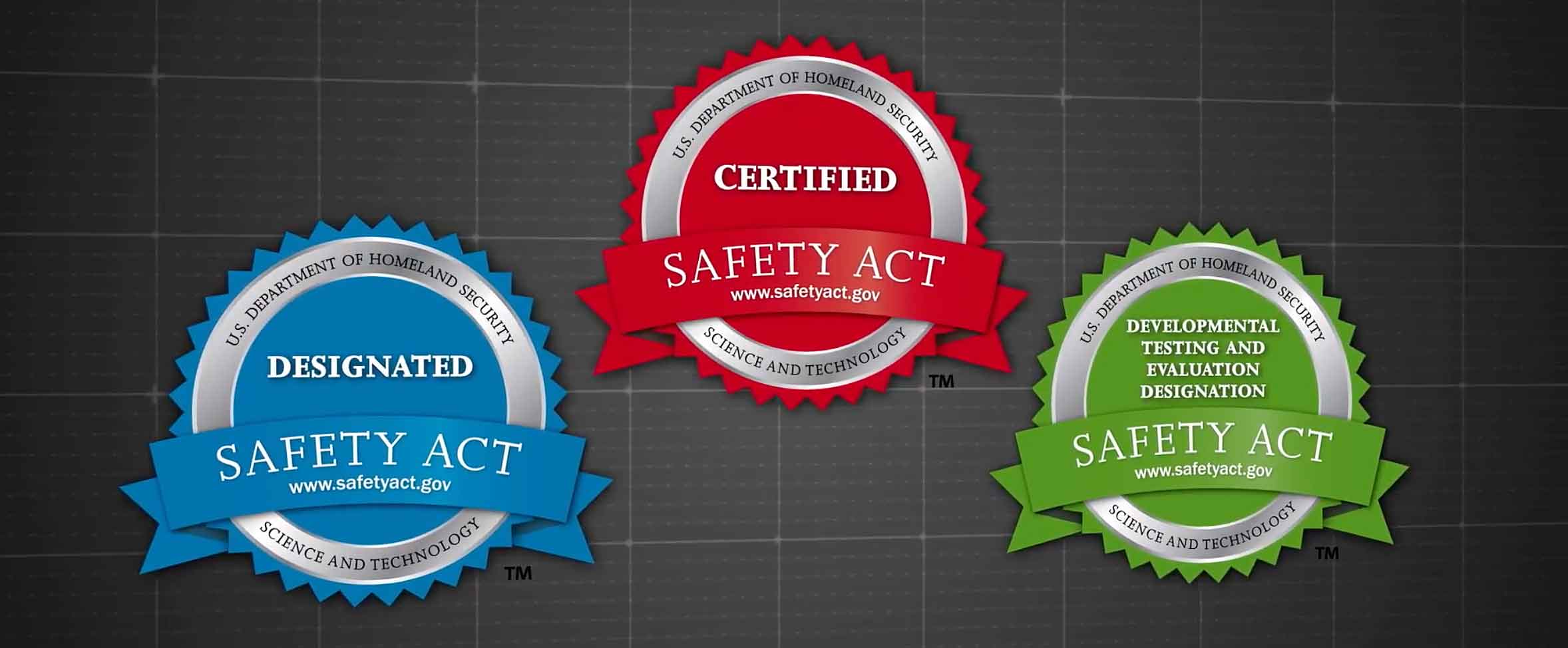A new web-based tool can help security professionals for commercial office buildings perform assessments based on the Best Practices for Anti-Terrorism Security (BPATS) for commercial office buildings.
With best practices developed by the Department of Homeland Security (DHS) Science and Technology Directorate (S&T), in partnership with the National Institute of Building Sciences (NIBS), building owners seeking protections under the Support Anti-Terrorism by Fostering Effective Technologies (SAFETY) Act can use the tool when developing their application packages.
“BPATS will be an important part of the SAFETY Act application process,” said William N. Bryan, Senior Official Performing the Duties of the Under Secretary for Science and Technology.
“We want commercial building owners to feel confident in the steps they need to take in getting the protections they need to secure their facilities.”
(Learn More. Following the 9/11 attacks, the private sector became concerned with the risk of liability that they would face in the event that one of their technologies was impacted by an act of terrorism. Courtesy of the DHS Science and Technology Directorate and YouTube. Posted on Dec 21, 2015.)
An issue that arises for building owners seeking SAFETY Act protections is the need to re-submit applications due to gaps in the review for SAFETY Act eligibility.
This new online format serves to eliminate such backtracking from the application process, outlining what a building needs to accomplish to become a candidate for Qualified Anti-Terrorism Technology (QATT) status.
 The preferred users of this tool are trained security professionals whose credentials will be reviewed by NIBS before gaining access to the tool.
The preferred users of this tool are trained security professionals whose credentials will be reviewed by NIBS before gaining access to the tool.
They are then trained in using the checklist to evaluate various components of building security by SAFETY Act standards, including access control, risk awareness, physical security, IT security, and more.
“With the BPATS, our goal was to develop a comprehensive tool that security professionals could use to assess the anti-terrorism security of commercial office buildings,” said Bruce Davidson, Director of S&T’s Office of SAFETY Act Implementation (OSAI).
“The output from their BPATS assessment should enable building leadership to take steps to enhance their building’s security and provide the foundation for a well-structured follow-on SAFETY Act application.”

OSAI and NIBS were able to validate the chosen best practices through pilot tests with six commercial buildings located in Washington D.C, Los Angeles, Chicago, New York, and Denver.
The guide spans seven categories, 411 best practices, and approximately 60 associated common practices.
An understanding of how the common practices of those building owners corresponded with OSAI criteria helped refine the BPATS and the assessment process for consistency.
Commercial property owners and security professionals may request access to the BPATS tool here.
Businesses filing for SAFETY Act protections can receive Designation and Certification for their Qualified Anti-Terrorism Technology which can cap their liability.
The SAFETY Act was enacted in 2002 because of concerns that liability would hinder investment in the latest security technologies and programs following the attacks of September 11, 2001.
OSAI engages with various public and private entities to ensure the SAFETY Act application process is consistent with their needs and promotes investment in the technologies the nation needs.
S&T reached a significant milestone earlier this year approving its 1,000th application for SAFETY Act protection.
(More than 1,000 anti-terrorism technologies have now been approved for coverage under the SAFETY Act. DHS S&T celebrated a milestone in public safety advancement with recent Qualified Anti-Terrorism Technologies including the Bloomberg Corporate Headquarters Security Program, the Soldier Field Security Program for SMG and the Chicago Park District, and Boeing’s Wave Glider. Courtesy of the DHS Science and Technology Directorate and YouTube. Posted on Jul 5, 2018.)
Securing American Pastimes
The road to 1,000 SAFETY Act approvals may not have been paved with turf, but OSAI has worked closely with several organizations within professional sports leagues to harden security and ensure the safety of patrons.
“Any product, service, or software that helps officials identify, detect, deter, respond to or mitigate acts of terror may be candidates for approval”, explained Davidson.
National Football League (NFL), Major League Baseball (MLB), and National Basketball Association (NBA) venues have had security systems and best practices approved through the S&T SAFETY Act program, though the NFL is OSAI’s oldest partner.
The SAFETY Act program began working with the NFL in 2008 to develop security best practices and has since helped them organize NFL best practices into a matrix that would allow stadium operators to coordinate their operations with the league-wide standards.
These efforts create an outline for individual franchises to prepare their own SAFETY Act applications based on their implementation of NFL Best Practices for Stadium Security.
Davidson said, “These best practices address most aspects of the venue’s security operations, including: life safety, evacuations, patron screening, security equipment, delivery and loading dock screening, command and control, security personnel, access control, training, and more.”
“The bottom line is: They are doing more to ensure the safety of everyone at their locations.”

Gillette Stadium, home of the New England Patriots, received SAFETY Act protections in 2017 and stated on their website,
“Our number one priority is the safety of our patrons, and this certification shows the amount of thought and effort that goes into making sure everyone who comes to any ticketed event at Gillette Stadium is safe.”
Doug Collins, with Lambeau Field (home of the Green Bay Packers), stated, “Going through the process allowed us to verify we have all the best practices in place to provide a safe and secure venue.”
Lambeau Field received SAFETY Act protections in 2016.
“Since expanding into the stadium and arena mission space, we are a dedicated partner with the leagues and individual franchises offering incentives to continually invest in improving security for their facilities and their fans,” added Bruce Davidson.
Some venues taking advantage of SAFETY Act protections today include:
NFL
- Levi’s Stadium
- Gillette Stadium
- FedEx Field
- Met Life Stadium
- Nissan Stadium
- Lambeau Field
- University of Phoenix Stadium
- NRG Stadium
MLB
- Comerica Park
- Yankee Stadiium
- Citi Field
NBA
- Madison Square Garden
Why are so many interested in the SAFETY Act?
In the aftermath of the 9/11 attacks, the private sector was reluctant to deploy security technologies and services in civilian settings due to liability risks.
The SAFETY Act provides incentives for the development and deployment of anti-terrorism technologies by creating a system of “risk management” and a system of “litigation management.”
The Act does not limit liability for harms caused by qualified anti-terrorism technologies when no Act of Terrorism has occurred.
An event must be deemed an act of terrorism by the Secretary of DHS in order for the protections to be invoked.
With SAFETY Act as an incentive, S&T has found a great variety of applicants interested in having their products and services evaluated and approved as a Qualified Anti-Terrorism Technology (QATT).
A technology is evaluated by the following criteria:
- It has been used by the U.S. government before or otherwise demonstrated its effectiveness.
- It is available for immediate deployment in public and private settings.
- Selling or providing the technology comes at extraordinarily large third-party liability risk.
- There is high likelihood the technology cannot be deployed without SAFETY Act protections.
- The public is at high risk if the technology is not deployed.
- Capabilities of the technology can be assessed through scientific study.
- The technology effectively defends against terrorism.





















